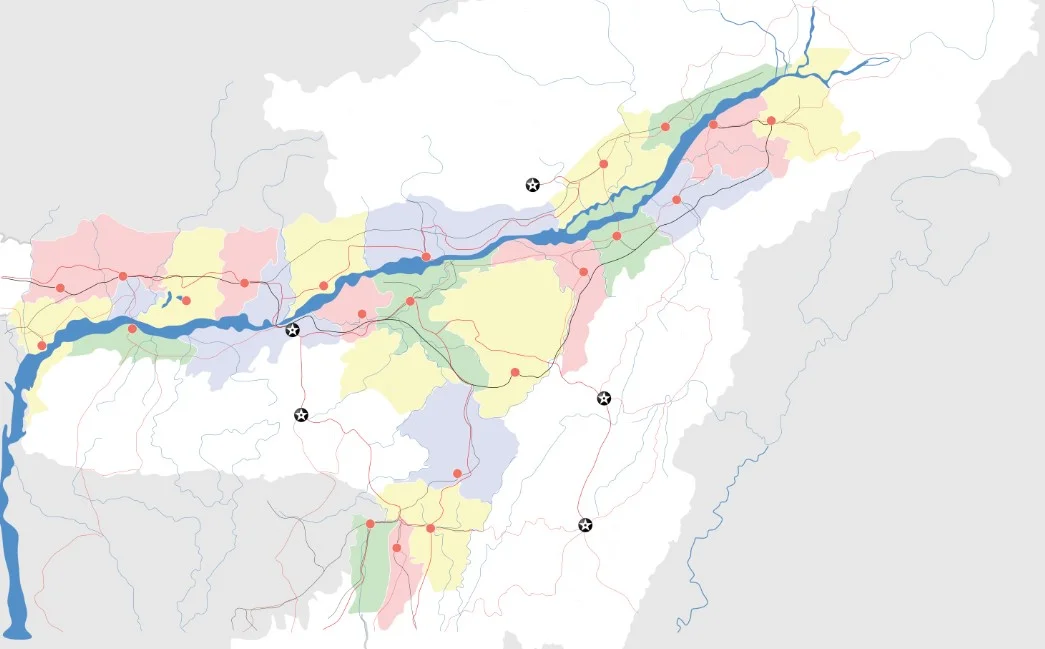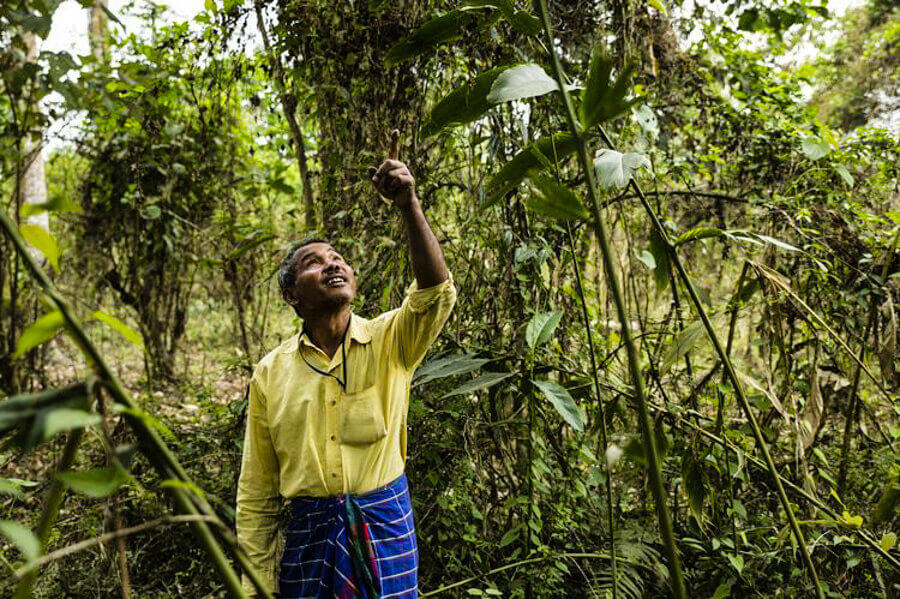The Morand-Ganjal Irrigation Project in Madhya Pradesh has sparked concerns from the National Tiger Conservation Authority (NTCA), citing threats to essential tiger habitats and disruption of ecological corridors connecting the Satpura and Melghat Tiger Reserves. NTCA has urged authorities to explore alternative sites to harmonize development and wildlife conservation.
Project Summary
The Morand-Ganjal Irrigation Project is designed to enhance irrigation for 211 villages in Hoshangabad, Betul, Harda, and Khandwa districts. Initially conceived in 1972, the project received government approval in 2017. Key components include the construction of dams on the Morand and Ganjal rivers, resulting in the submergence of over 2,250 hectares of forest land.
Ecological Impact of National Tiger Conservation
According to NTCA, the project site is a significant tiger-occupied habitat. Submerging forest areas will disrupt tiger movements between reserves, jeopardizing genetic exchange and population stability. NTCA highlights that such ecological disturbances can have lasting negative effects on tiger populations and the broader wildlife ecosystem.
Tiger Population Recovery
The Satpura and Melghat Tiger Reserves have shown promising tiger population recovery, largely due to successful voluntary village relocations. NTCA warns that the loss of ecological corridors could undermine these conservation efforts.
Socio-Economic Implications
The project is set to displace over 600 members of the Korku tribal community, resulting in livelihood losses. NTCA emphasizes that the submerged areas support not only tigers but also a rich diversity of wildlife and ecosystems.
NTCA Recommendations
NTCA has recommended identifying less ecologically sensitive locations for the irrigation project. Balancing development with the preservation of critical wildlife habitats is essential, with biodiversity and ecological integrity remaining top priorities.












